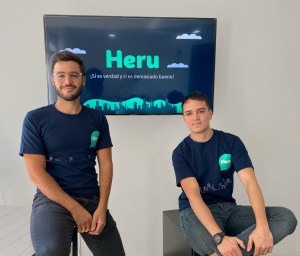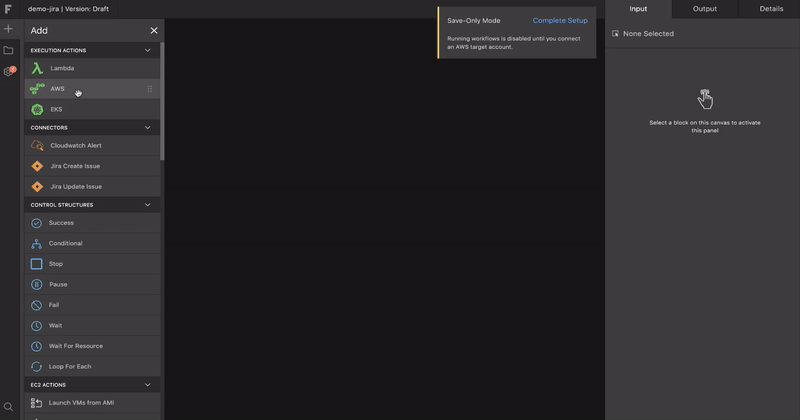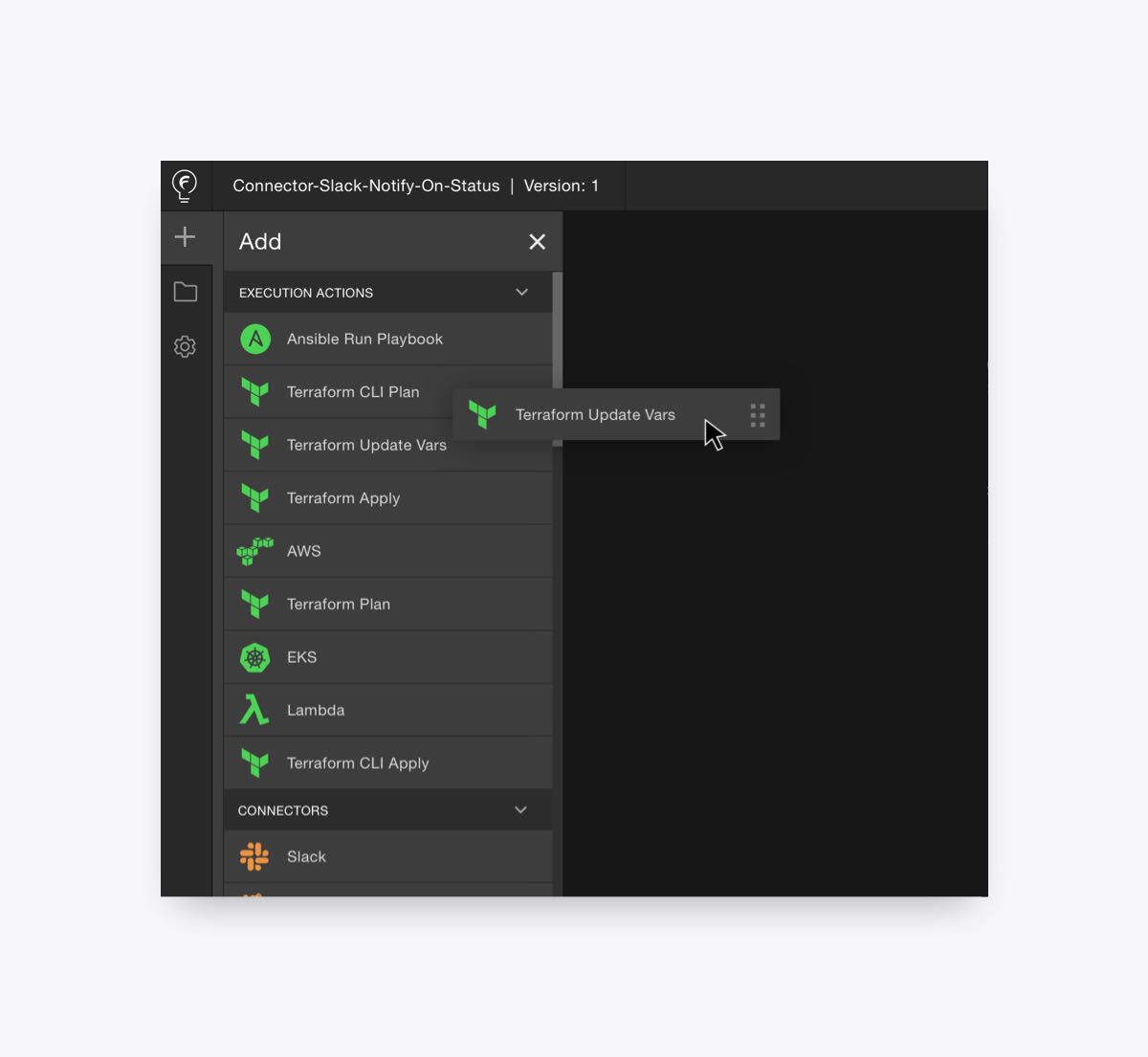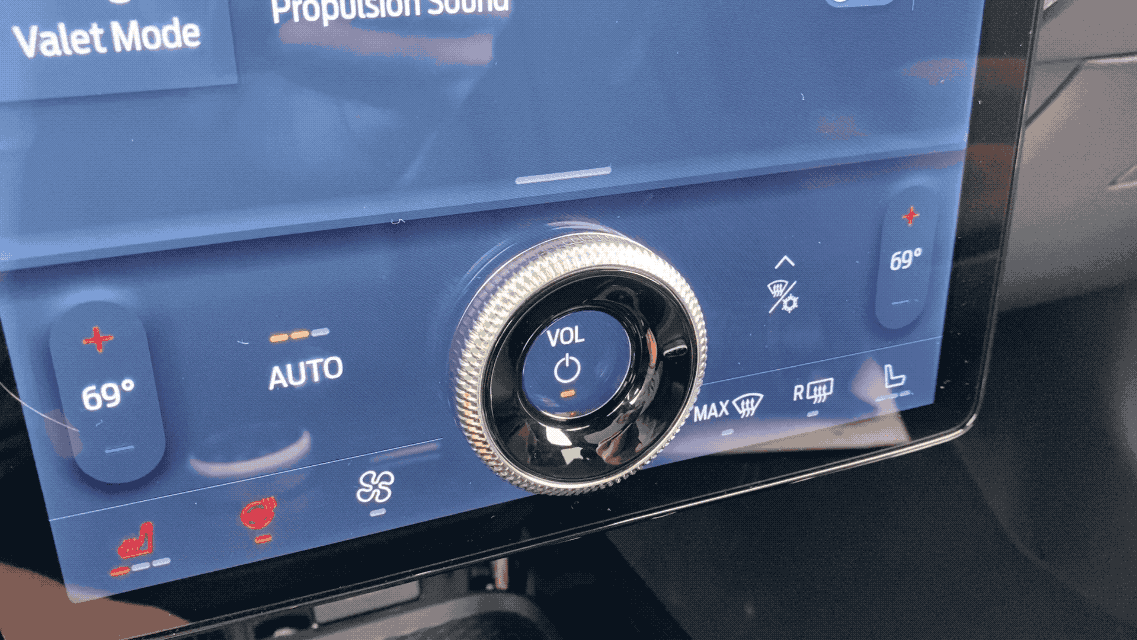The European Union said today that it wants to work with US counterparts on a common approach to tech governance — including pushing to standardize rules for applications of technologies like AI and pushing big tech to be more responsible for what their platforms amplify.
EU lawmakers are anticipating rebooted transatlantic relations under the incoming administration of president-elect Joe Biden.
The Commission has published a new EU-US agenda with the aim of encouraging what it bills as “global cooperation — based on our common values, interests and global influence” in a number of areas, from tackling the coronavirus pandemic to addressing climate change and furthering a Western geopolitical agenda.
Trade and tech policy is another major priority for the hoped for reboot of transatlantic relations, starting with an EU-US Summit in the first half of 2021.
Relations have of course been strained during the Trump era as the sitting US president has threatened the bloc with trade tariffs, berated European nations for not spending enough on defence to fulfil their Nato commitments and heavily implied he’d be a lot happier if the EU didn’t exist at all (including loudly supporting brexit).
The agenda conveys a clear message that bloc’s lawmakers are hopeful of a lot more joint working toward common goals and interests once the Biden administration takes office early next year.
Global AI standards?
On the tech front the Commission’s push is for alignment on governance.
“The EU and the US need to join forces as tech-allies to shape technologies, their use and their regulatory environment,” the Commission writes in the agenda. “Using our combined influence, a transatlantic technology space should form the backbone of a wider coalition of like-minded democracies with a shared vision on tech governance and a shared commitment to defend it.”
Among the proposals it’s floating is a “Transatlantic AI Agreement” — which it envisages as setting “a blueprint for regional and global standards aligned with our values”.
While the EU is working on a pan-EU framework to set rules for the use of “high risk” AIs, some US cities and states have already moved to ban the use of specific applications of artificial intelligence — such as facial recognition. So there’s potential to align on some high level principles or standards.
(Or, as the EU puts it: “We need to start acting together on AI — based on our shared belief in a human-centric approach and dealing with issues such as facial recognition.”)
“Our shared values of human dignity, individual rights and democratic principles make us natural partners to harness rapid technological change and face the challenges of rival systems of digital governance. This gives us an unprecedented window of opportunity to set a joint EU-US tech agenda,” the Commission also writes, suggesting there’s a growing convergence of views on tech governance.
Talks on tackling big tech
Here it also sees opportunity for the EU and the US to align on tackling big tech — saying it wants to open discussions on setting rules to tackle the societal and market impacts of platform giants.
“There is a growing consensus on both sides of the Atlantic that online platforms and Big Tech raise issues which threaten our societies and democracies, notably through harmful market behaviours, illegal content or algorithm-fuelled propagation of hate speech and disinformation,” it writes.
“The need for global cooperation on technology goes beyond the hardware or software. It is also about our values, our societies and our democracies,” the Commission adds. “In this spirit, the EU will propose a new transatlantic dialogue on the responsibility of online platforms, which would set the blueprint for other democracies facing the same challenges. We should also work closer together to further strengthen cooperation between competent authorities for antitrust enforcement in digital markets.”
The Commission is on the cusp of unveiling its own blueprint for regulating big tech — with a Digital Services Act and Digital Markets Act due to be presented later this month.
Commissioners have said the legislative packages will set clear conditions on digital players, such as for the handling and reporting of illegal content, as well as setting binding transparency and fairness requirements.
They will also introduce a new regime of ex ante rules for so-called gatekeeper platforms that wield significant market power (aka big tech) — with such players set to be subject to a list of dos and don’ts, which could include bans on certain types of self-preferencing and limits on their use of third party data, with the aim of ensuring a level playing field in the future.
The bloc has also been considering beefing up antitrust powers for intervening in digital markets.
Given how advanced EU lawmakers are on proposals to regulate big tech vs US counterparts there’s arguably only a small window of opportunity for US lawmakers to influence the shape of EU rules on (mostly US) big tech. But the Commission evidently views rebooted relations, post-Trump, as presenting an opportunity for it to influence US policy — by encouraging European-style platform rules to cross the pond.
It’s fond of claiming the EU’s data protection framework (GDPR) has set a global example which has influenced lawmakers around the world. So its intent looks to be to double down — and push to export a European approach to regulating big tech back to where most of these giants are based, even as the bloc’s other institutions are still debating and amending its proposals.
Next-gen mobile security
Another common challenge the document points to is next-gen mobile connectivity. This has been a particular soapbox of Trump’s in recent years, with the ALL-CAPS loving president frequently taking to Twitter to threaten and bully allies into taking a tough line on allowing Chinese vendors as suppliers for their next-gen mobile infrastructure, arguing they are too great a national security risk.
“We are facing common challenges in managing the digital transition of our economies and societies. These include critical infrastructure, such as 5G, 6G or cybersecurity assets, which are essential for our security, sovereignty and prosperity — but also data, technologies and the role of online platforms,” the Commission writes, easing into the issue.
EU lawmakers go on to say they will put forward proposals “for secure 5G infrastructure across the globe and open a dialogue on 6G” — as part of what they hope will be “wider cooperation on digital supply chain security done through objective risk-based assessments”.
Instead of a blanket ban on Huawei as a 5G supplier the Commission opted to endorse a package of “mitigating measures” — via a 5G toolbox — at the start of this year, which includes things like beefing up network security requirements on carriers and risk profile assessments of suppliers. So it looks to be hoping the US can be convinced in the value of a joint approach to standardizing these sorts of security assessments — aka, ‘no more nasty surprises’ — as a strategy to reduce the shocks and uncertainty that have hit digital supply chains during Trump’s presidency.
Increased cooperation around cybersecurity is another area where the EU says it will be pressing US counterparts — floating the idea of joint EU-US restrictions against attributed attackers from third countries in the future. (A proposal which, should it be taken up, could see coordinated sanctions against Russia, which has previously been identified by US and European intelligence agencies running malware attacks targeted at COVID-19 vaccine R&D.)
Easing EU-US data flows
A trickier area for the tech side of the Commission’s plan to reboot transatlantic relations is EU-US data flows.
That’s because Europe’s top court torpedoed the Commission’s US adequacy finding this summer — stripping the country of a privileged status of ‘essential equivalence’ to data protection standards as the EU.
Without that there’s huge legal uncertainty and risk for US businesses that take EU citizens’ data out of the region for processing.
Guidance from EU regulators on how to lawfully secure their data transfers makes it clear that in some instances there simply won’t be any extra measures or contractual caveats that can be added to fix the risk entirely. The solution may in fact be data localization in the EU. (Something the Commission’s Data Governance Act proposal, unveiled last week, confirmed by allowing for Member States to set conditions for the most sensitive types of data — such as prohibiting transfers to third countries.)
“We must also openly discuss diverging views on data governance and see how these can be overcome constructively,” the Commission writes on this thorny issue, adding: “The EU and the US should intensify their cooperation at bilateral and multilateral level to promote regulatory convergence and facilitate free data flow with trust on the basis of high standards and safeguards.”
Commissioners have warned before there’s no quick fix for the EU-US data transfer issue — but a longer term solution would be a convergence of standards in the areas of privacy and data protection.
And, again, that’s an area where US states have been taking action. But the Commission agenda pushing for “regulatory convergence” to ease data flows sums to trying to convince US counterparts of the economic case for reforming Section 702 of FISA…
Digital tax and tech-trade cooperation
Digital tax reform is also inexorably on the Commission’s agenda since no agreement has yet been possibly on this stickiest of tech policy issues.
On this it writes that both the EU and the US should “strongly commit to the timely conclusion of discussions on a global solution within the context of OECD and G20” — saying this is vital to create “a fair and modern economy, which provides market-based rewards for the best innovative ideas”.
“Fair taxation in the digital economy requires innovative solutions on both sides of the Atlantic,” it adds.
Another proposal the EU is floating is to establish a EU-US Trade and Technology Council — to “jointly maximise opportunities for market-driven transatlantic collaboration, strengthen our technological and industrial leadership and expand bilateral trade and investment”.
It envisages the body focusing on reducing trade barriers; developing compatible standards and regulatory approaches for new technologies; ensuring critical supply chain security; deepening research collaboration and promoting innovation and fair competition, saying there should also be “a new common focus on protecting critical technologies”.
“We need closer cooperation on issues such as investment screening, Intellectual Property rights, forced transfers of technology, and export controls,” it adds.
The Commission announced its own Intellectual Property Action Plan last week, alongside the Data Governance Act proposal — which included support for SMEs to file patents. It also said it will consider whether reform the framework for filing standards essential patents, encouraging industry to engage in forums aimed at reducing litigation in the meanwhile.












